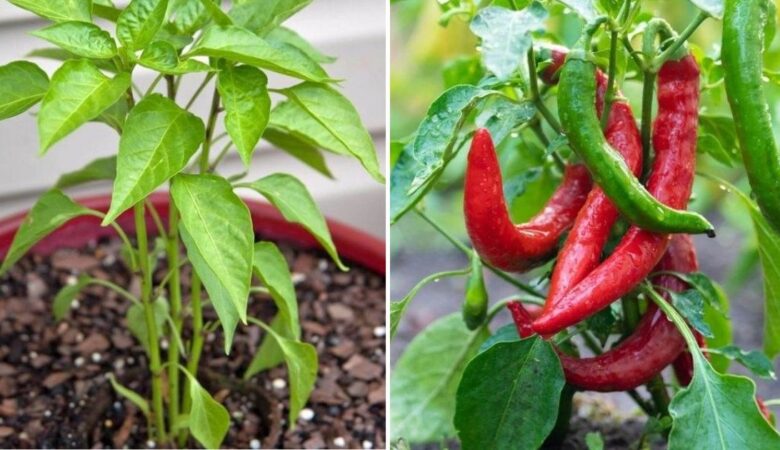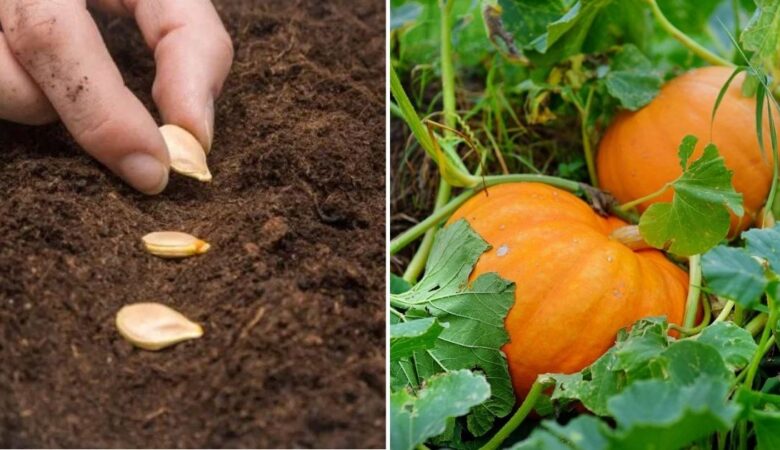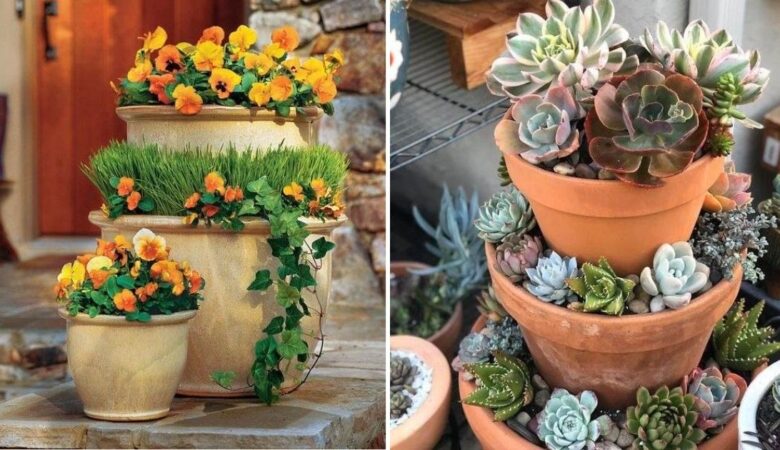The widow down the road was just telling me how she takes an avocado nearly every night before bed for it’s richness. “Nature’s butter” she calls them with a wink. And I have to admit their smoothness does sound tempting. I’ve never grown one myself since our soil is too cold most seasons. But Mrs. Johnson said she keeps one in a pot by her kitchen window over winter with much success.
So I’m thinking I might give it a shot too, what with our milder winters of late. A pot will let me control the environment better than straight in the ground here. And if it does take, what a treat it would be to have my own avocados to slice into. I’m always one for a challenge too, so I’m eager to try starting one indoors where it’s cozy and see if I can follow it through to fruiting. Even if it doesn’t make it in the end, there’s learning in the doing as my pa used to say. I’ll be sure to update you all on my avocado’s progress and see if my green thumb can work its magic once more!

The Guide To Grow Avocados
Step 1: Choose The Right Avocado Variety And Pot
1. Choose The Avocado
When choosing an avocado variety for container cultivation, it’s crucial to select a dwarf or semi-dwarf cultivar suited for smaller spaces. Popular options include “Hass”, “Fuerte”, and “Little Cado” (also known as “Wurtz”). These varieties are well-suited for container growth, typically reaching manageable heights of 6 to 10 feet.
2. Select The Right Pot
You should select a large pot with adequate drainage holes to prevent waterlogging, as avocados are sensitive to overly wet soil. A pot with a diameter of at least 18 inches is recommended to accommodate the tree’s root system. Use a well-draining potting mix formulated for citrus or avocado trees to ensure optimal growth.

Step 2: Grow An Avocado Tree In A Pot From Seeds
Selecting an avocado pit: Start by selecting a ripe avocado fruit. Choose one that is firm but yields slightly to gentle pressure.
Removing the pit: Carefully cut open the avocado and remove the pit (seed) from the center.
Cleaning the pit: Rinse the pit under cold water to remove any flesh or residue.
Preparing the pit for germination: Insert three to four toothpicks around the middle of the pit, spaced evenly apart. The toothpicks will help suspend the pit in water without submerging it completely.
See also How To Make Mother-In-Law’s Tongue Grow And Bloom Beautifully
Germinating the pit: Place the avocado pit, flat end down, in a glass or jar filled with enough water to cover the bottom half of the pit. The glass or jar should be positioned in a warm, sunny spot, such as a windowsill. Change the water every few days to prevent stagnation and mold growth.
Rooting and sprouting: After several weeks, the pit will develop roots and a sprout will emerge from the top. Once the roots are about 2 to 3 inches long and the sprout is several inches tall, the pit is ready for planting.
Planting the sprouted pit: Fill the pot with well-draining potting mix formulated for citrus or avocado trees. Make a small hole in the center of the soil and carefully plant the sprouted avocado pit, ensuring that the roots are buried and the top half of the pit is exposed.

Step 3: Taking Care Of The Avocado Tree
1. Water
Avocados thrive in environments with high relative humidity, but they prefer their soil to be well-drained rather than waterlogged. When planting them, ensure you use a mixture that allows for quick drainage, and allow the soil to dry out between each watering session.
To keep your avocado tree happy and healthy, it’s best to water it deeply once a week or whenever you notice the leaves starting to droop. Remember to use a container with a drainage hole to prevent water from accumulating in the soil.
2. Light
Avocado trees thrive in full sun, so place your pot in a location with at least 6 to 8 hours of sunlight per day. If growing indoors, position the tree near a south-facing window to ensure adequate light exposure.
See also Watermelon Container Gardening: How To Grow Large And Tasty Watermelons In Small Spaces

3. Fertilization
Feed your avocado tree regularly with a balanced fertilizer formulated for citrus or avocado trees. You should apply fertilizer according to the manufacturer’s instructions during the growing season (spring and summer) to promote healthy growth and fruit production.
4. Pruning And Support
To ensure a robust and lush growth pattern, it is beneficial to pinch back the leaves of the plant. Once the plant reaches a height of 12 inches, carefully trim the tip and upper leaves just above a growth node. This technique promotes the development of healthy side branches, resulting in a fuller appearance.
As the plant continues to grow, providing support through staking becomes necessary to prevent the stem from bending or breaking under its own weight.

Step 4: Avocado Harvesting
To ensure avocados are ready for harvesting, look for one with a short stem. Leave it on the counter for a couple of days and observe the stem and look for signs like shriveling or darkening to make sure that the fruit is ripe and ready to be plucked. Avocados typically mature on the tree and are ready for harvest when they change color and yield to gentle pressure.
Do not refrigerate avocados immediately after harvesting. If chilled too early, they won’t ripen completely. Instead, you should keep them in a cool, dark place with an ideal temperature around 68°F (20°C). Once avocados are ripe, you can store them in the refrigerator, unpeeled, for one to two weeks.

Growing fruit trees at home takes time and effort, and growing an avocado tree in a pot is no exception. However, with patience and attention to detail, you’ll soon be harvesting delicious avocados to enjoy in your favorite recipes. Lastly, let’s check out more our articles if you are looking for more useful gardening tips.
See also 21 Small Japanese Gardens For Front Yards Landscape Design With Peaceful and Harmonious Natural Arts
[ad_2]






